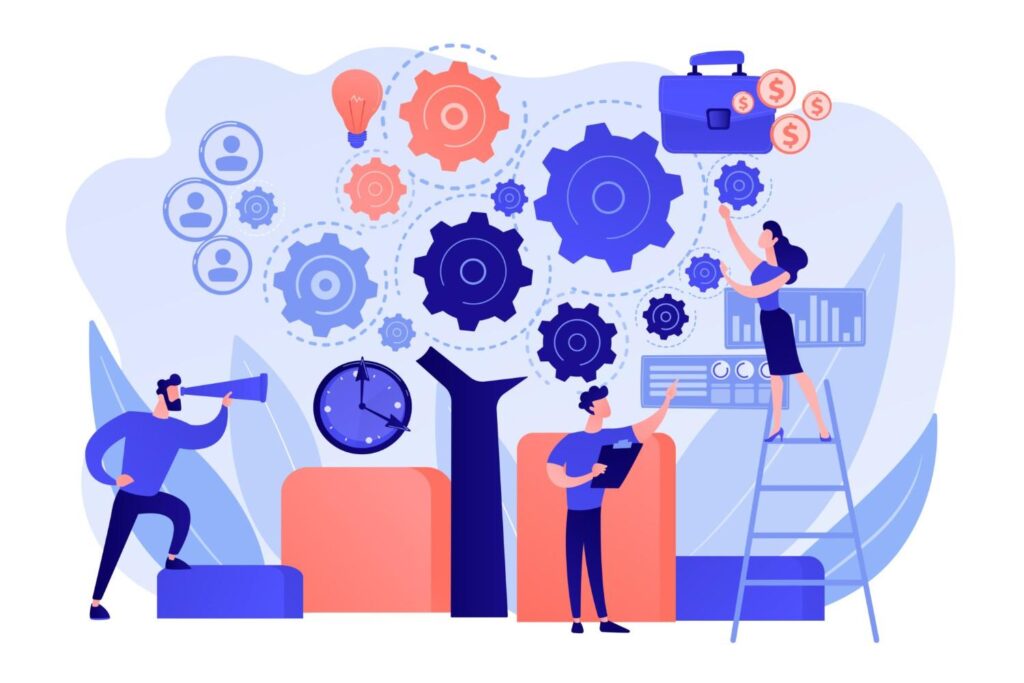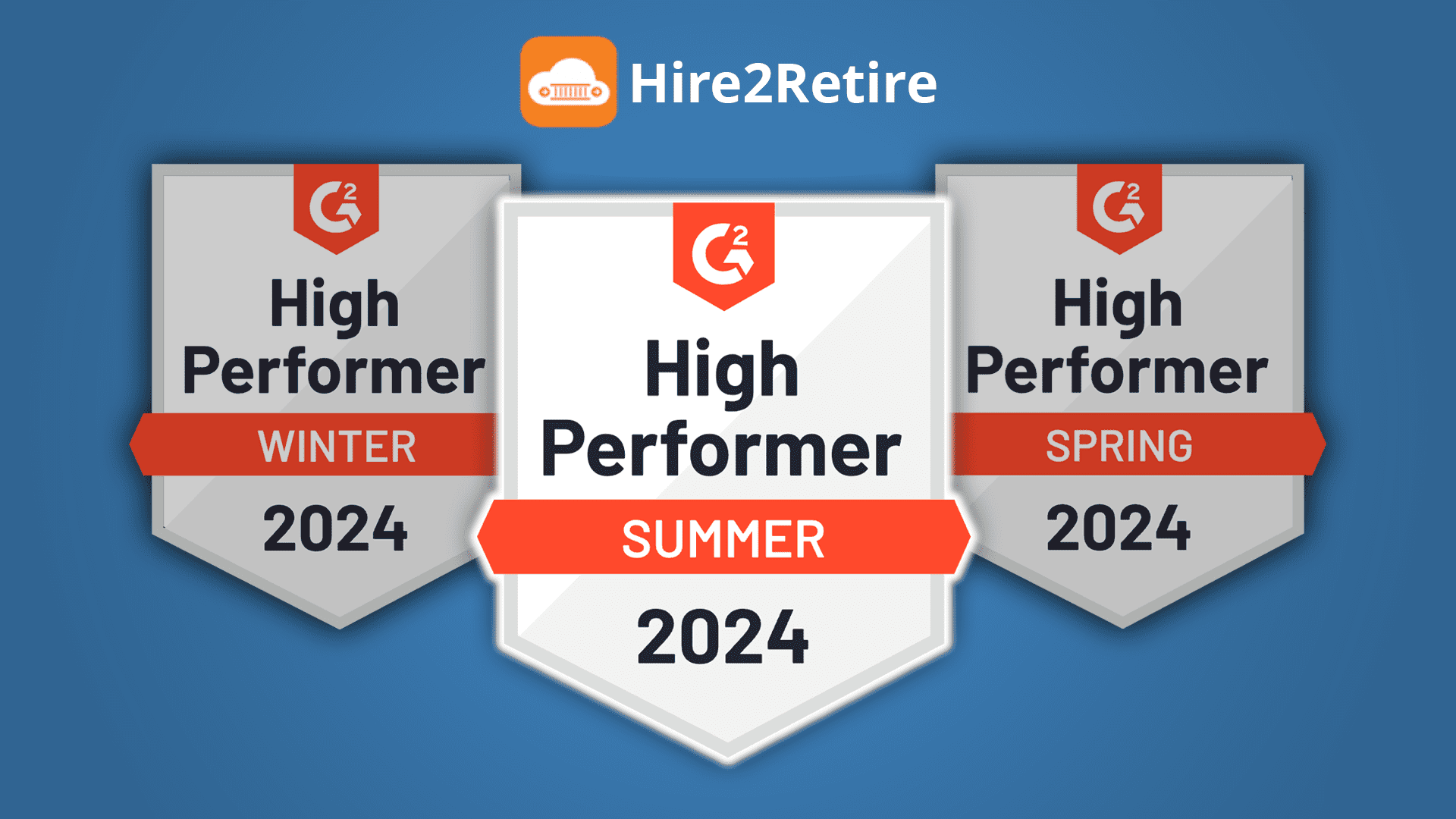Customer experience (CX) is a big focus for companies – and for a good reason. According to a Gartner study, 89% of companies surveyed considered CX to be the new competitive battlefield. Just look at some of the most innovative brands globally, as it’s no coincidence to see them leading the pack in the CX space.
By focusing on providing an exceptional CX, companies can drive revenue growth, customer retention, brand loyalty, and more. However, the challenge for most companies is consistently delivering a positive CX that leaves customers happy and ready to shout your name favorably from the rooftops. This makes sense considering all the front and backend touchpoints that impact a customer’s buying journey.

Most people can associate companies such as Zappos, Apple, and Disney to provide memorable CX’s based on their engagement and interactions with these brands. However, what many of us fail to grasp is the critical back end moving parts behind the scenes that need to collaborate to provide this experience.
For example, when a customer places an order, where does this data go? Are customers getting informed of the status of their purchase and what to expect next? Are sales orders getting fulfilled? Is the accounting team updated on revenue recognition? Can customers go through a hassle-free return process if they are not satisfied with the product or service? These are just a few of the many questions to address depending on your buying process and what is involved during customer onboarding to provide a favorable CX.
Another important question is how the data is connected to each system being used behind the scenes to deliver a positive CX? For example, if an order is placed from your e-commerce store, will this order create accounts and update records in the other systems without manual intervention in near real-time?
If the answer to this question is no, then this a critical area to pay attention to as any delays or manual data entry errors can have a detrimental impact on your CX. Besides, not having data at your fingertips on a customer when you need it, or full visibility on them, can negatively impact customer interactions. .
Are Your Systems Integrated to Provide a Seamless CX?
It’s not uncommon for companies to leverage several enterprise applications that store customer data. For example, sales teams leverage a Customer Relationship Management (CRM) such as Salesforce as a repository for customer interactions. CRMs are also used by sales teams to manage lead generation, opportunity management, and manage accounts as they become customers.
However, as customers are being onboarded and updates need to take place that impact other line of business units, systems outside of a CRM are involved. For many companies, an Enterprise Resource Planner (ERP) system such as NetSuite or Dynamics 365 is used by departments to update accounting, finance, supply chain, and customer support, just to name a few.
In this scenario, integrating your Salesforce to NetSuite or Dynamics 365 can be set up to automate all aspects of the sales cycle and make internal processes much more efficient throughout the entire lead-to-cash process.
Besides, having these systems integrated can be setup to provide greater visibility or a full 360-degree view of your customers. For example, imagine the impact of having NetSuite or Dynamics 365 estimates, sales orders, credit memos, and invoices being shown within Salesforce for sales teams to have access to when engaging with customers? Having this information can significantly impact customer interactions, potential upsells, and the handling of disputes on the spot.
Of course, connecting data in real-time between a CRM and an ERP is just for starters, as other applications can be used internally in conjunction with these to efficiently onboard a customer and provide a great CX. This is where leveraging a robust and highly scalable enterprise application integration (EAI) platform can come into play to integrate all of your applications.
Depending on your need, you can leverage an EAI platform with ready-to-go solutions that are feature-rich and offered as a pre-packaged integration solution that solves specific problems, such as lead-to-cash or customer onboarding. It can also be used as a self-service DIY iPaaS platform to create integrations with best-of-breed SaaS, cloud, ERP, and on premise applications. This is typically a preferred method for non-technical business users who want to quickly automate business processes and go-live without any coding.
Also, you can leverage a low-code, container, and microservices-based Hybrid Integration Platform (HIP) for rapid integration of on-premise and cloud applications. IT and technical teams often use this route to deploy complex and custom integrations that provide guaranteed delivery with or without open API support at a fraction of the cost of what it would take to build this internally. Topgolf offers a seamless CX across their 70+ locations globally using this approach.
Enhancing your CX can not only help you stand-out and give you a competitive edge, but it can also help drive growth through customer acquisition and retention. One of the keys to achieving this goal is to have your customer data connected across all your enterprise applications to provide this seamless experience. This is where having a robust EAI solution can help as it can solve your integration challenges tailored to meet your needs at a fraction of the time and cost it would take to deploy this internally.
Enhancing your CX can not only help you stand-out and give you a competitive edge, but it can also help drive growth through customer acquisition and retention. One of the keys to achieving this goal is to have your customer data connected across all your enterprise applications to provide this seamless experience. This is where having a robust EAI solution can help as it can solve your integration challenges tailored to meet your needs at a fraction of the time and cost it would take to deploy this internally.
If you need help integrating your enterprise applications to provide a seamless CX, contact a RoboMQ specialist today.


Eric Koch
Eric Koch is a sales and marketing manager at RoboMQ. He brings over ten years of digital marketing and sales experience and is passionate about writing for SaaS products, application integrations, and technological advancements when he is not at home entertaining his wife and kids.





